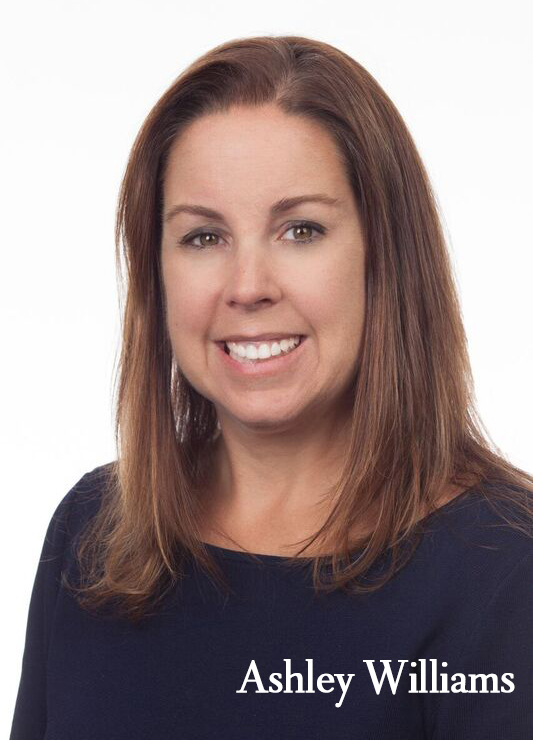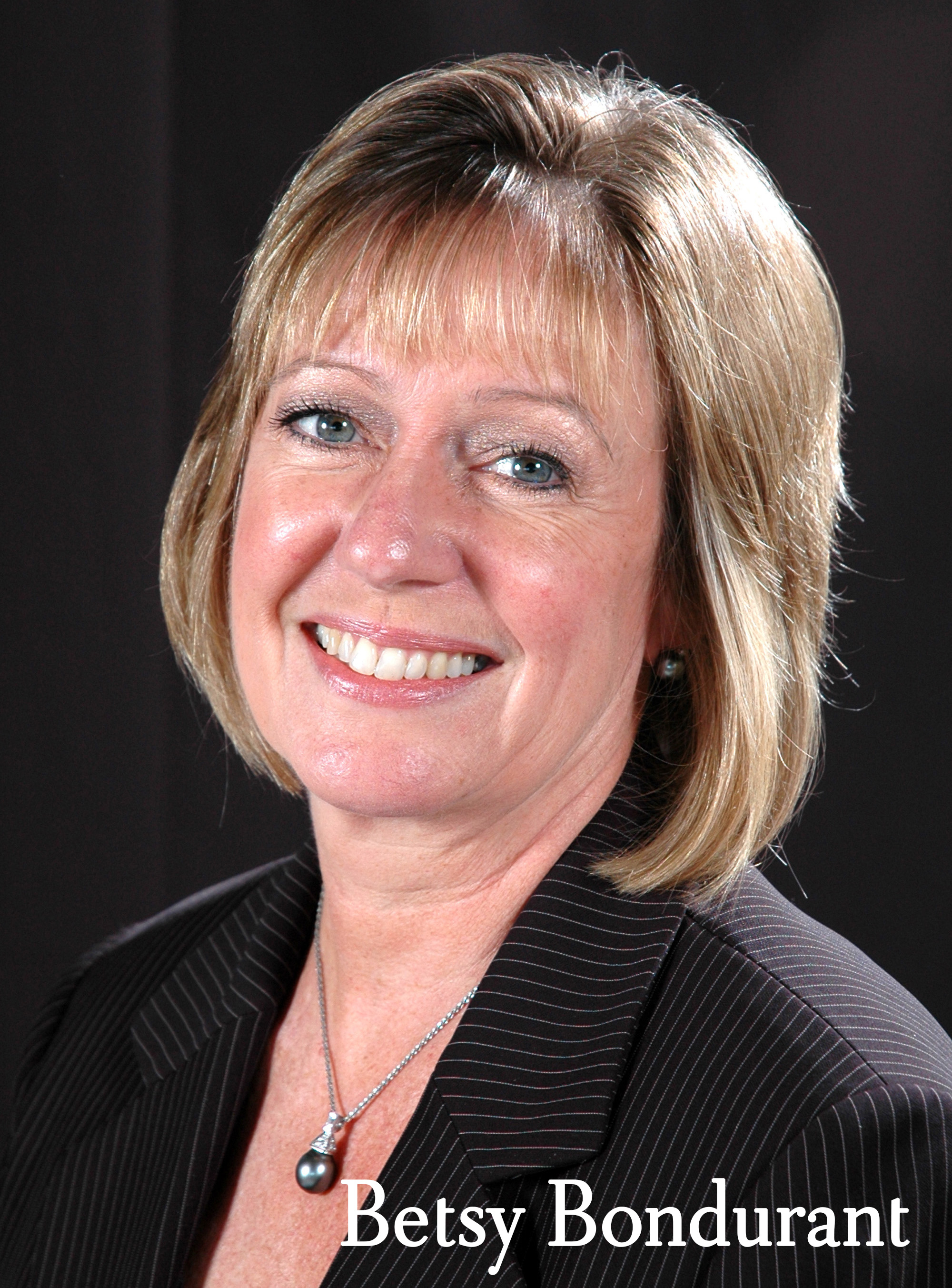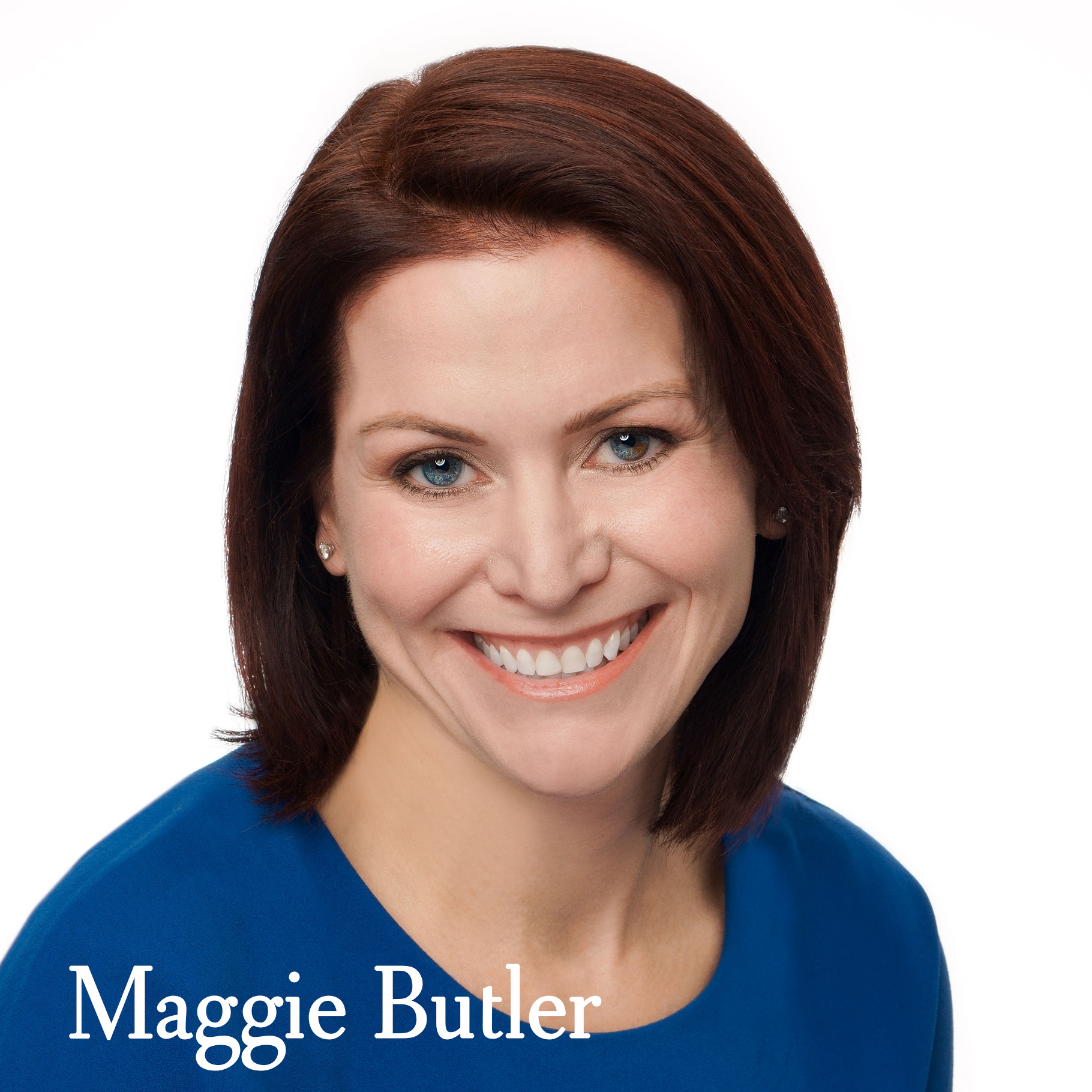In the age of Covid-19, understanding how to attract healthcare professionals to events means understanding the pressures they face, how they prioritize events, and what they want to get out of them.
That was the focus of a late-July MeetingsNet webinar led by Ashley Williams, vice president, Life Sciences Center of Excellence, BCD Meetings & Events; Maggie Butler, co-founder, The CM Group; and Betsy Bondurant, president, Bondurant Consulting.
HCPs, they explained, have seen their world turned upside. Even those not on the front lines of the pandemic are having to adapt to canceled surgeries and clinical trials, patient visits via telemedicine, and revenue streams in disarray. But while much has changed, the way HCPs decide whether or not to attend a meeting hasn’t.
 “It’s always been about the return an engagement,” said Williams. “Did they come away with new information that they can apply that will benefit their patients or their practice? That’s job number one for all of us.” That means, she said, that the most important questions to ask before planning a meeting are still, “Do we actually have something to say and share? Is there a need for the meeting?” Second to specific content is the networking with other HCPs and industry thought leaders, Williams noted. “HCPs evaluate meetings based on their peer-to-peer interactions. Did they have the opportunity to share knowledge and insights? Were they able to interact with experts in their field?”
“It’s always been about the return an engagement,” said Williams. “Did they come away with new information that they can apply that will benefit their patients or their practice? That’s job number one for all of us.” That means, she said, that the most important questions to ask before planning a meeting are still, “Do we actually have something to say and share? Is there a need for the meeting?” Second to specific content is the networking with other HCPs and industry thought leaders, Williams noted. “HCPs evaluate meetings based on their peer-to-peer interactions. Did they have the opportunity to share knowledge and insights? Were they able to interact with experts in their field?”
What that means for planners is “we're going to have to work harder to get HCPs to attend, with so much else competing for their time,” said Williams. “And then, once we get them to our meeting—whether it’s a virtual, hybrid, or live event—we need to ensure that we're delivering a high-quality attendee experience, really checking all of their boxes.” 
The three presenters agreed that one of the most challenging aspects of the current virtual meeting environment is creating spaces and time for HCPs to effectively engage with each other. “That is definitely what attendees are craving,” said Butler, noting that clients are using breakout rooms to try “to mimic the kind of interaction HCPs would normally get at lunch buffets or breaks.” Williams sees improvements coming: “Technology providers are rapidly evolving their platforms to try to address this more elegantly than it’s being addressed today,” she said. “That old saying ‘necessity is the mother of invention’ will almost certainly prove true in this situation, and we'll probably start to see new capabilities to better facilitate those interactions.”
 Butler noted that one of the places CM Group has seen the most success recently is with individual virtual engagements. “We are doing a large number of one-to-one KOL touchpoints, and we're seeing great results,” she said. “Instead of doing an advisory board with 10 people on the same Zoom call, individual meetings are spread out over a week so it’s not a big group. It can be two-to-one or one-to-one; it just depends on how we want to break it out for our clients and how they want to schedule it, but it really allows for more interaction.” Williams said BCD is seeing the same trend. “That’s the area of our HCP meetings that’s growing most significantly—very small meetings, almost micro-meetings.”
Butler noted that one of the places CM Group has seen the most success recently is with individual virtual engagements. “We are doing a large number of one-to-one KOL touchpoints, and we're seeing great results,” she said. “Instead of doing an advisory board with 10 people on the same Zoom call, individual meetings are spread out over a week so it’s not a big group. It can be two-to-one or one-to-one; it just depends on how we want to break it out for our clients and how they want to schedule it, but it really allows for more interaction.” Williams said BCD is seeing the same trend. “That’s the area of our HCP meetings that’s growing most significantly—very small meetings, almost micro-meetings.”
A poll during the webinar asked the 558 attendees about the return of live meetings, and how HCPs will participate at first. Almost nobody said HCPs would return to large international meetings first, and only 10 percent selected regional, fly-in meetings. Most (61 percent) envision HCPs returning to very small, driving-distance regional meetings of 25 attendees or fewer, and about a quarter of the respondents thought that HCPs would first attend driving-distance regional meetings of 100 attendees or fewer.
The return to live events will be tricky for planners, balancing safety, interaction, and the needs of clients and attendees. Both Butler and Williams stressed the need to engage HCPs before planning live programs in order to understand their comfort level and expectations. And those, said Williams, will “vary based on where those HCPs live, how large the program is, and how the preparedness of the meeting has been communicated.” What’s important, they said, is that you're not making decisions in a silo without taking into account HCPs’ opinions and concerns. “Some of our clients aren’t thinking about going back to live meetings until mid-2021,” said Williams, “and then we have smaller just-launching clients or rare-disease clients that really are trying to push that hybrid model in order to get some of the live interaction back. I think that each client and each demographic of HCP, depending on the therapeutic area, is going to be very different.”
Hybrid events will be a critical link to move from today’s virtual meetings to the return of sizable live meetings. “That’s really where our focus is these days,” said William, “We’re looking for ways to create hybrid experiences that bridge together technology-enabled elements of the meeting with some level of live interaction and engagement. That’s the next frontier in our evolution, and that means we have to create safe spaces for those live experiences.”





